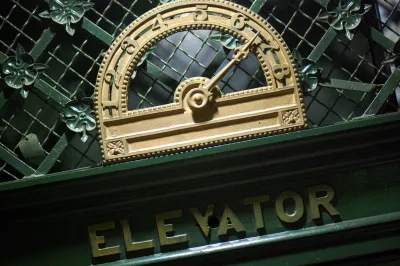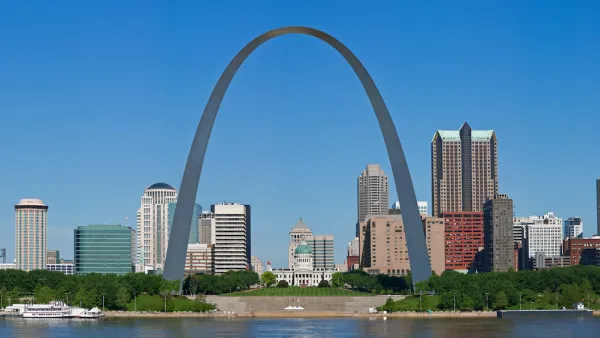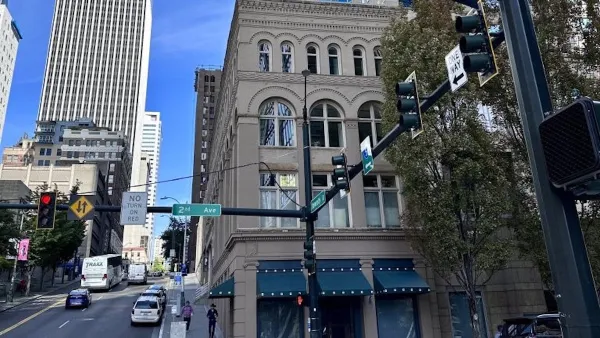A series of pieces from Sidewalk Labs examines the history and context of vital urban "innovations." So far, elevators, sewers, and traffic signals have been covered.

For Sidewalk Labs, Eric Jaffe introduces a series of articles on how urban life has generated some of the most world-changing technologies out there. The focus is on history and context. "One of the many problems with the term 'smart cities' is its suggestion that urban life has been dumb in the past."
Jaffe goes on, "Over the coming weeks, we'll explore some of the biggest steps forward — and, at times, backward — in transportation, buildings, energy, data, and infrastructure." Three pieces are out already, covering relatively recent inventions like elevators and traffic lights, as well as ancient ones like sewage systems (whose world-changing nature we cannot overstate).
There is wisdom to be gleaned from all of this. As Jaffe puts it, "The clearest lesson is that innovation never takes hold in cities overnight. That's been true even of the greatest leaps forward in urban technology. Steam accounted for a tiny fraction of U.S. power nearly 60 years after Watts invented his great engine." He also points to the role of policy and public-private collaboration in mainstreaming many of these inventions.
FULL STORY: 15 Innovations That Shaped the City

National Parks Layoffs Will Cause Communities to Lose Billions
Thousands of essential park workers were laid off this week, just before the busy spring break season.

Retro-silient?: America’s First “Eco-burb,” The Woodlands Turns 50
A master-planned community north of Houston offers lessons on green infrastructure and resilient design, but falls short of its founder’s lofty affordability and walkability goals.

Delivering for America Plan Will Downgrade Mail Service in at Least 49.5 Percent of Zip Codes
Republican and Democrat lawmakers criticize the plan for its disproportionate negative impact on rural communities.

Test News Post 1
This is a summary

Test News Headline 46
Test for the image on the front page.

Balancing Bombs and Butterflies: How the National Guard Protects a Rare Species
The National Guard at Fort Indiantown Gap uses GIS technology and land management strategies to balance military training with conservation efforts, ensuring the survival of the rare eastern regal fritillary butterfly.
Urban Design for Planners 1: Software Tools
This six-course series explores essential urban design concepts using open source software and equips planners with the tools they need to participate fully in the urban design process.
Planning for Universal Design
Learn the tools for implementing Universal Design in planning regulations.
EMC Planning Group, Inc.
Planetizen
Planetizen
Mpact (formerly Rail~Volution)
Great Falls Development Authority, Inc.
HUDs Office of Policy Development and Research
NYU Wagner Graduate School of Public Service





























